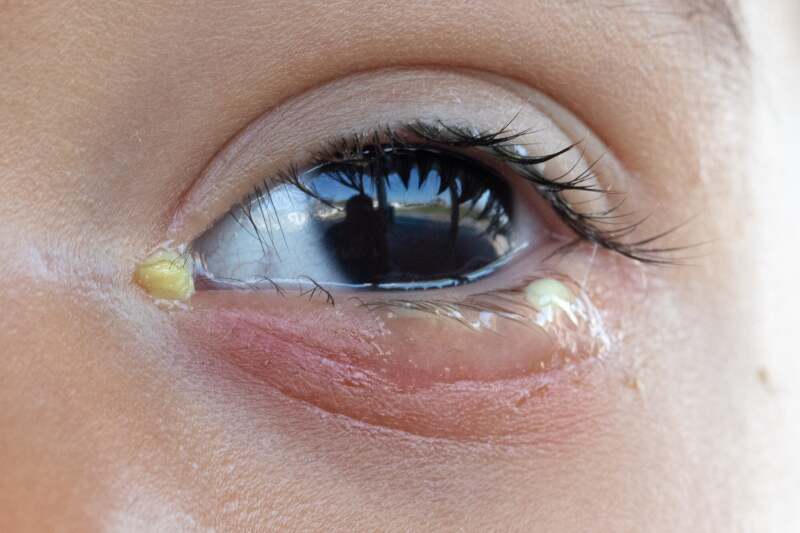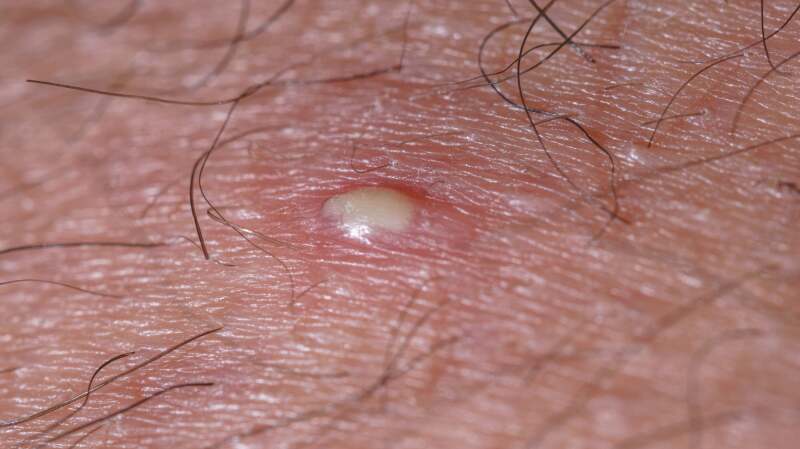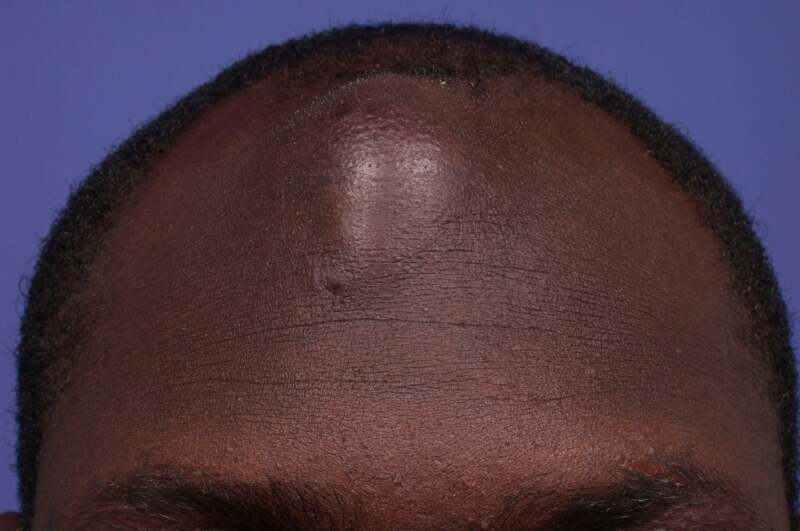
The body produces pus as a result of infection. This most commonly happens as a reaction to a bacterial infection, in particular with staphylococcal bacteria. However, other types of infection can also cause pus to develop, such as:
- viral infections
- fungal infections
- parasitic infections
- trapped foreign objects in the body
Infection may occur after exposure to an infectious agent. In addition, infection can develop after sustaining a wound that allows the infection to enter the body.
Pus itself is made of broken-down immune cells known as neutrophils. The body sends neutrophils to the affected area to fight infection. Neutrophils may initially engulf and kill the infectious agents. However, later, the immune cells break down to become a major component of pus.
This substance mixes with dead skin tissue and infectious cells to form a white-to-yellowish liquid.
Infections can occur in many places, so pus can develop in almost all locations in the body. This includes superficial layers of the outer skin and internal organs.
People with conditions that weaken the immune system may have a higher risk of infection and, therefore, pus formation.
Pus can also transmit infection to other people. To avoid spreading pus further, wash your hands regularly and avoid direct contact.
Read more about how skin infections occur, including their risk factors.
Typical causes of pus
Pus may occur in the form of different conditions, including:
- Abscesses: An abscess is a pocket of pus deeper in the skin or tissue.
- Boils or furuncles: Boils are also collections of pus, but they may be shallower and smaller than abscesses. Boils may join together to form a carbuncle or grow to form an abscess.
- Acne: This can cause pimples with pus on the surface of the skin.
- Cysts: Cysts may later become boils or abscesses.
- Pink eye: Also known as conjunctivitis, pink eye can cause pus in the eye.
- Urinary tract infection (UTI): UTIs can cause pyuria, which is the medical term for white blood cells or pus in urine.
- Throat infection: The throat and other areas of the respiratory tract can experience pus infections. For example, tonsillitis typically causes pus on the tonsils.
- Surgical site infection: Sometimes infections can develop in a surgical site on the body. These infections can range from superficial to deep and may cause pus or abscesses.
Learn more about abscesses, including their symptoms and treatment.
Pus formation may accompany other symptoms of infection and illness, depending on the underlying condition.
Sometimes, pus can cause noticeable or visible symptoms around the affected area. These symptoms range in severity and can include:
- a lump or mass beneath the skin
- oozing or leaking fluid
- crusting or drying of pus liquid
- pain or tenderness
- skin redness or discoloration
- skin warmth
- swelling
Pus infections can also cause symptoms that affect other body systems. These symptoms include:
- headache
- fever and chills
- body aches
- coughing up clear, yellow, light brown, or green mucus
- difficulty breathing or rapid breathing
- discharge from the eye
- fainting or change in level of consciousness
- lethargy and fatigue
- frequent infections
Pus can appear as a thin to thick liquid that may be:
- white
- yellow
- green
- brownish
It may also have an unpleasant smell.
Below are some examples of pus infections.
In some cases, pus may occur with other symptoms that can indicate a serious condition that requires medical help.
Without prompt, effective treatment, severe infections
Seek emergency medical care or call 911 for anyone with any of the following symptoms alongside pus:
- difficulty breathing or rapid breathing
- fainting or change in level of consciousness, or lethargy
- headache
- fever
- severe pain
- severe swelling
- red or discolored streaks on the skin
Also contact your doctor if you have mild symptoms that are not improving, worsen, or improve and then come back.
The best treatment for pus will depend on the type and severity of the infection.
Small collections of pus on the skin’s surface and mild infections may improve on their own with appropriate care and hygiene. For small abscesses, applying a clean compress using a warm, damp cloth may help. Wash this cloth thoroughly after each use and avoid exposing other people and items.
Other home care can include cleaning the affected area with antiseptic soap or cream. Contact your doctor or a pharmacist about products suitable for you.
Take these steps to avoid spreading the infection or increasing the risk of complications:
- Do not squeeze or touch the affected skin unnecessarily.
- Do not try to drain the pus yourself.
- Wash your hands with soap and water before attending to your wound.
- Seek medical help promptly if your symptoms do not improve with at-home care.
Larger infections may require medical care, such as:
- medications to resolve the underlying infection; for example, antibiotics for bacterial infections
- drainage procedures, performed by a clinician
- surgery
Contact your doctor for questions about how to care for your symptoms while healing.
While not all cases of pus are preventable, some may be with appropriate care. You may also be able to reduce the spread or severity of infection.
To reduce the risk of infection and pus, you can take these steps:
- Keep all cuts and wounds dry and clean.
- Wash superficial skin wounds with soap and water.
- Care for postsurgical wounds as your doctor instructs, and follow your prescribed recovery plan.
- Always wash your hands before and after caring for wounds.
- Wash towels regularly.
- Do not share personal items, such as razors, towels, and cosmetics, with other people.
- Avoid unsanitized and communal bodies of water, such as swimming pools or lakes, if you have a wound.
- Avoid communal gym equipment or other shared surfaces if you have a wound.
Contact your doctor if you have any questions about caring for wounds or preventing infection.
Debra Sullivan, Ph.D., M.S.N., R.N., C.N.E., C.O.I., has reviewed the following frequently asked questions.
Does pus mean I have an infection?
Having pus does indicate that you have an infection. This is because pus is produced as part of the immune response to infection.
Is it good for pus to come out?
Doctors may clear a wound of pus to help treat the underlying infection. However, it is not safe to clear a wound of pus yourself, as this may further spread the infection or damage the skin.
How do you get rid of pus naturally?
You may be able to heal a minor or superficial wound with pus naturally. To do this, keep it clean and apply a clean, warm compress.
However, some cases of pus can be serious and require medical care.
Pus is a fluid that consists of dead immune cells, infectious material, and tissue. Pus develops when the body sends white blood cells called neutrophils to the site of an infection.
Symptoms that may accompany pus include swelling, pain, and fever. Contact your doctor promptly for symptoms of pus that do not improve quickly with at-home care.
Treatment can include keeping exposed wounds clean and surgical care, if necessary.
Seek emergency medical care for symptoms of fever, difficulty breathing, or fatigue alongside pus or a suspected infection.










